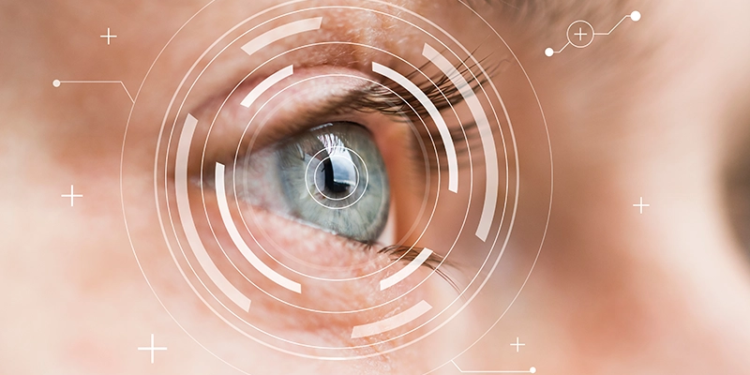Two researchers at the University of Massachusetts Amherst (UMass) have received a $630,331 grant over three years from the National Science Foundation (NSF) to develop better-fitting, more functional, and more comfortable robotic prostheses for people with transtibial amputations, especially those who are over 65 years old. The project is funded through the National Robotics Initiative (NRI), which is supported by the NSF, National Institutes of Health, U.S. Department of Agriculture, National Aeronautics and Space Administration, and Defense Advanced Research Projects Agency.
The title of the project is “Simulation Guided Design to Optimize the Performance of Robotic Lower Limb Prostheses.” The researchers, Principal Investigator Frank Sup, PhD, assistant professor with the Mechanical and Industrial Engineering Department, and Brian Umberger, PhD, associate professor with the Kinesiology Department, will use computer simulation models of the human body to help design the robotic prosthetic technologies.
“The major outcome of this project will be an improved approach for designing prosthetic devices that reduce loading on the body and make walking easier,” said Sup and Umberger. Current lower-limb prostheses that focus on recreating the biomechanics of intact limbs assume that the socket is “a perfect mirror of the intact limb.” However, the soft tissue at the socket interface is not designed to bear the loads to which it is subjected. Neglecting the unique anatomy and capabilities of the person with the amputation results in “a human-machine system unable to achieve its maximum potential,” according to the researchers, and could result in the user sustaining pressure ulcers or deep tissue injury to the residual limb and potentially overload other parts of the body as the user adapts to the device. They also noted that the proposed research is especially relevant for older individuals with amputations, whose residual limbs cannot tolerate significant loading.
Sup and Umberger will use detailed musculoskeletal models and optimal control simulations to optimize loading conditions among participants with lower-limb amputations while minimizing their metabolic energy consumption. In the process, the researchers will generate optimal prosthesis forms through predictive simulations. Then Sup and Umberger will reverse-engineer the results to develop robotic ankle prostheses that allow the best possible gait performance for each participant. Participants in the research will undergo a whole-body, computerized, gait analysis, first while walking in a passive, daily-use prosthesis, and then while walking in a custom-designed robotic prosthesis created from computer models and simulations of walking patterns.
A key to the project is the collaboration between Sup and Umberger. Sup is the director of the Mechatronics and Robotics Research Laboratory, which focuses on the advancement of physical human-machine interaction. The core of the lab’s research is on human-centered mechatronic design in the development of rehabilitative technologies. Umberger is co-director of the Biomechanics Laboratory, the goal of which is to advance understanding of the mechanics, energetics, and control of bipedal locomotion.
Editor’s note: This story was adapted from materials provided by the UMass College of Engineering.




